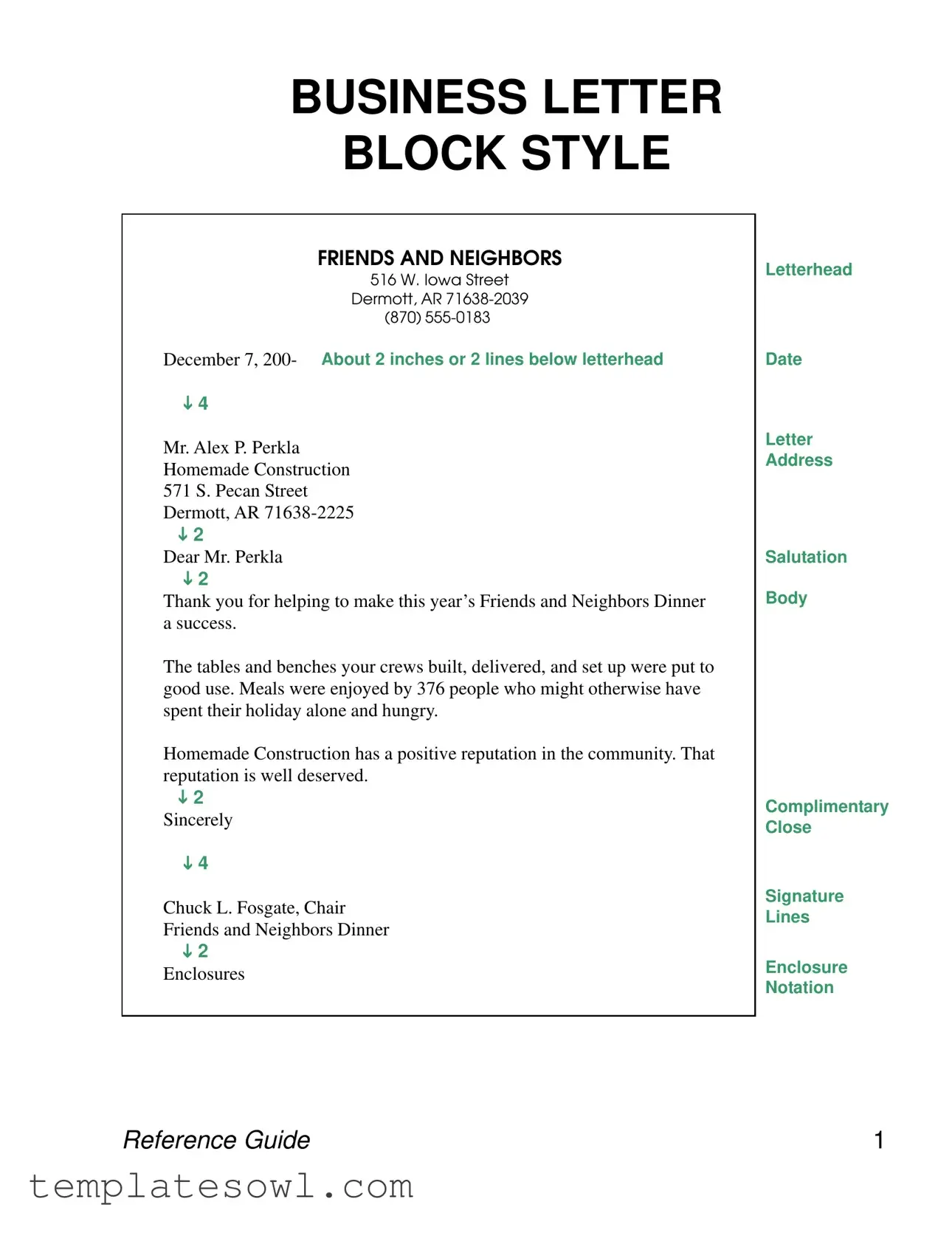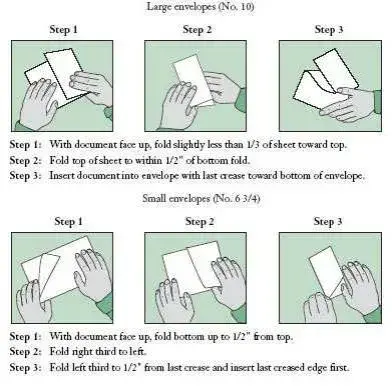What is a Block Style Letter?
A Block Style Letter is a commonly used format for business correspondence. It features a clean and straightforward layout where all elements, including the date, address, salutation, body, complimentary close, and signature lines, are left-aligned. This style is especially favored for its readability and professional appearance, making it suitable for both personal and business communication. It eliminates extra formatting, ensuring the letter conveys the intended message clearly.
What elements should be included in a Block Style Letter?
Each Block Style Letter typically includes several key components. You should start with a letterhead that contains your name, address, and contact information, which is placed at the top. After about two inches of spacing, include the date, then the recipient's name and address. Following that, the salutation greets the recipient. The core message of the letter—the body—comes next, followed by a complimentary close and your signature. You can also add references to any enclosures if needed. Each section is clearly delineated to maintain a professional structure.
How should I format the body of the Block Style Letter?
In the body of a Block Style Letter, maintain single spacing between lines and double spacing between paragraphs. This approach enhances readability without being too cramped. Begin each new paragraph without indentation. Instead, leave a space between paragraphs to clearly separate your thoughts. Aim for a tone that matches your intention, whether it’s formal, friendly, or appreciative, as seen in the example thanking Mr. Perkla for his contributions.
How do I handle additional pages if my letter is long?
If your letter extends beyond one page, include a heading on subsequent pages that features the recipient's name, page number, and date. Start the body of the letter about two inches from the top. It's essential to carry over at least two lines of text onto the next page to ensure continuity. This method allows the recipient to follow along and avoids any potential confusion that may arise from page breaks in business correspondence.
What type of envelopes should I use for my Block Style Letter?
For mailing your Block Style Letter, the most common choice is the No. 10 envelope, which measures 4 1/8" x 9 1/2". If you’re sending a personal-business letter, you can also use No. 6 3/4 envelopes (3 5/8" x 6 1/2"). Most business envelopes come with preprinted return addresses; for personal-business letters, you should include your return address if needed. Ensure the recipient’s address is clear and follows the guidelines for formatting to avoid delivery issues.






